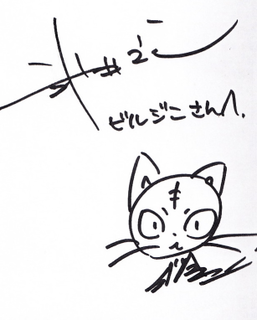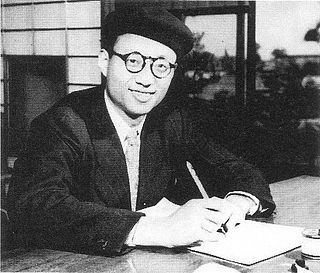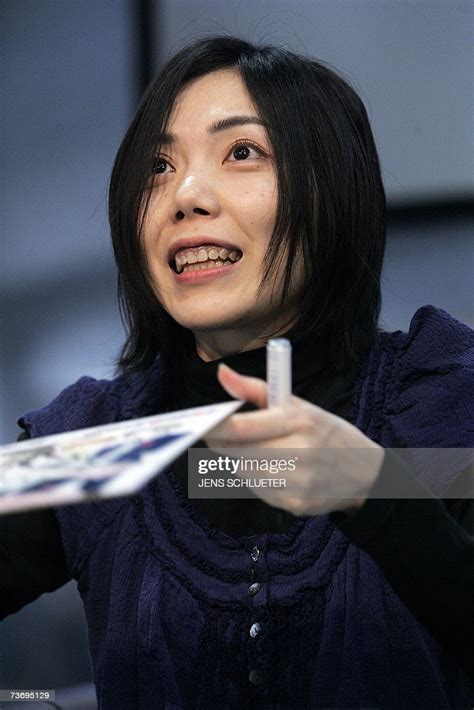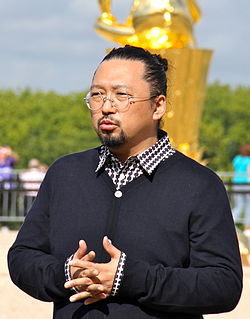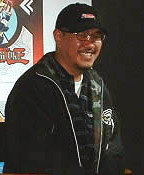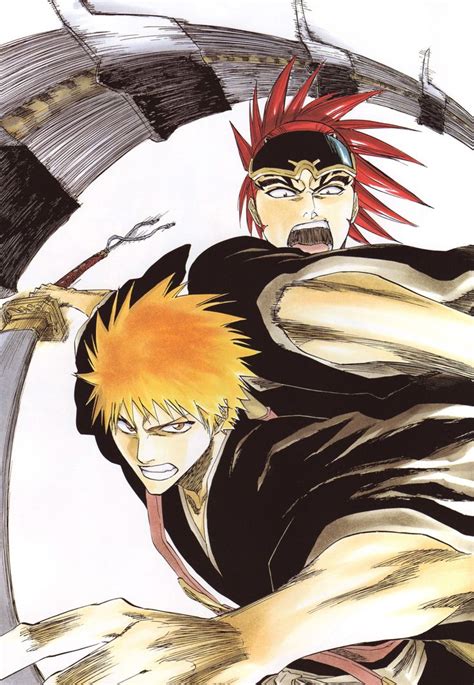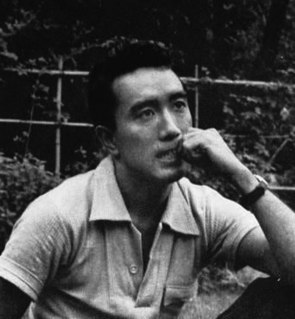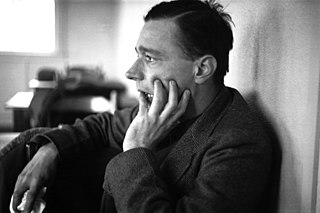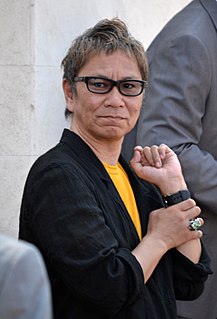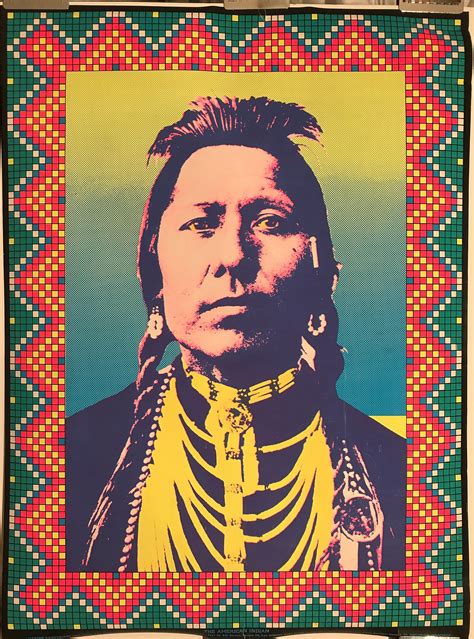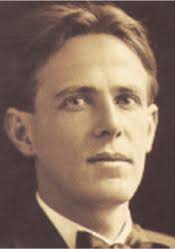A Quote by Hiroyuki Takei
I originally thought I'd be an ordinary business man, but I really like art, so that's how I became a manga artist.
Related Quotes
Contemporary art and manga - what is the same about them? Nothing, right? The manga industry has a lot of talented people, but contemporary art works on more of a solitary model. No one embarks on collaboration in contemporary art in order to make money. But in the manga world, everyone is invested in collaboration. The most important point is that the manga industry constantly encourages new creations and creators.
I began to wonder - I knew I was an artist or wanted to be one - but I was wondering whether I really was an artist. I was doing such ordinary things that I could feel the difference. Most people would look at those things and say, 'Well, that's nothing. What did you do that for? That's just a wreck of a car or a wreck of a man. That's nothing. That isn't art.' They don't say that anymore.
As an artist, illustrator, and photographer, most of my daily work was formed around the Art & Entertainment business, which was about packaging ideas that looked like they were crafted as artist ideas. In the distributed products, my artist credit was hidden inside the package of the artist or entertainment personality.
When I taught art, I was always asked, 'How do you know you're an artist? What makes you an artist?' And to me, it's like breathing. You don't question if you breathe; you have to breathe. So if you wake up in the morning, and you have to realize an idea, and there's another idea, and another, maybe you are really an artist.
Real art, like the wife of an affectionate husband, needs no ornaments. But counterfeit art, like a prostitute, must always be decked out. The cause of production of real art is the artist's inner need to express a feeling that has accumulated...The cause of counterfeit art, as of prostitution, is gain. The consequence of true art is the introduction of a new feeling into the intercourse of life... The consequences of counterfeit art are the perversion of man, pleasure which never satisfies, and the weakening of man's spiritual strength.
It is the business of thought to define things, to find the boundaries; thought, indeed, is a ceaseless process of definition. It is the business of Art to give things shape. Anyone who takes no delight in the firm outline of an object, or in its essential character, has no artistic sense. He cannot even be nourished by Art. Like Ephraim, he feeds upon the East wind, which has no boundaries.
